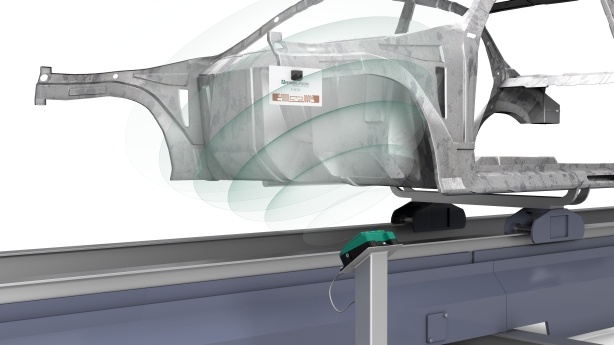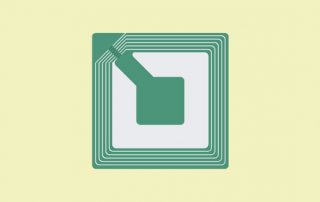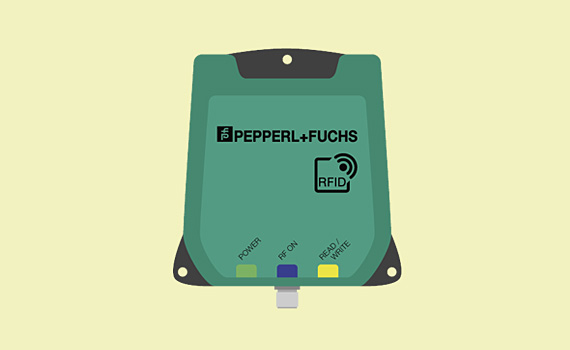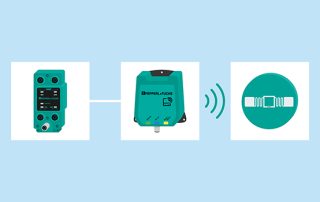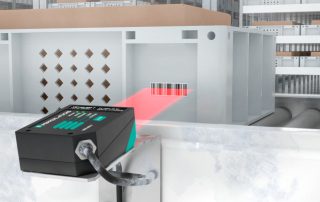We are pleased to welcome you to our blog. Here you will find useful information, applications, and guidance on the topics of automation, industrial sensors, and explosion protection.

Welcome to our blog. Here you will find current articles on the topics of industrial automation and sensor technology.
Ten Application Examples for RFID in Industrial Automation
RFID is one of the most versatile technologies in industrial automation. Whatever industry you may be thinking of—it is highly likely that RFID will be used there. We have compiled ten RFID applications that give you ideas for possible applications and demonstrate the advantages of this identification technology.
Frequently Asked Questions (FAQ) on RFID (Part 4): RFID Tags
RFID tags carry information on a certain object or transport container. The size of an RFID tag can vary from the dimensions of a match head to a brick. While some tags are used simply as an attachable ID for an object, others carry a variety of different attributes relating to the object.
Frequently Asked Questions (FAQ) on RIFD (Part 3): Frequencies
To enable noncontact data exchange via an RFID system, radio waves are used for communication. Depending on the application requirements, RFID systems utilize different frequency ranges. As a general principle, most RFID systems use the so-called ISM bands (Industrial, Scientific, and Medical Band) in order to avoid cross-talk of radio systems and ensure reliable data information exchange. Commonly, passive RFID systems use either low frequency (LF), high frequency (HF), or ultra-high frequency (UHF).
Frequently Asked Questions (FAQ) on RFID (Part 2): RFID Readers
An RFID reader is an active device that uses radio frequency to read information contactless from a data carrier like an RFID tag. Most of the readers are also able to function as write units. Typically, RFID reading devices contain a microprocessor or digital signal processor. An RFID reader is equipped with an internal or external antenna that grabs the information from the RFID tags. The data is then passed on by the reader to a communication unit that transmits the information via interfaces to an external host system which allows the interpretation of mass data or the targeted search for certain tagged pieces.
Frequently Asked Questions (FAQ) on RFID (Part 1)
RFID stands for “radio frequency identification” and refers to technologies that use radio waves to identify objects or people automatically. RFID makes use of the so-called “air interface,” transmitting electromagnetic waves through the air. Typically, a serial number or other product- /object-related information (“identifier”) is stored on a microchip. This chip is attached to an antenna that enables the chip to transfer the information needed for identification to a reading device.
Boosting Productivity with the Help of Laser Barcode Scanners
Laser barcode scanners have been used in material handling applications for decades. It is an integral part of routing boxes down a conveyor line. Read this blog to find out more about the different types of laser barcode readers.
Subscribe to our newsletter and receive regularly news and interesting information around the world of automation.
